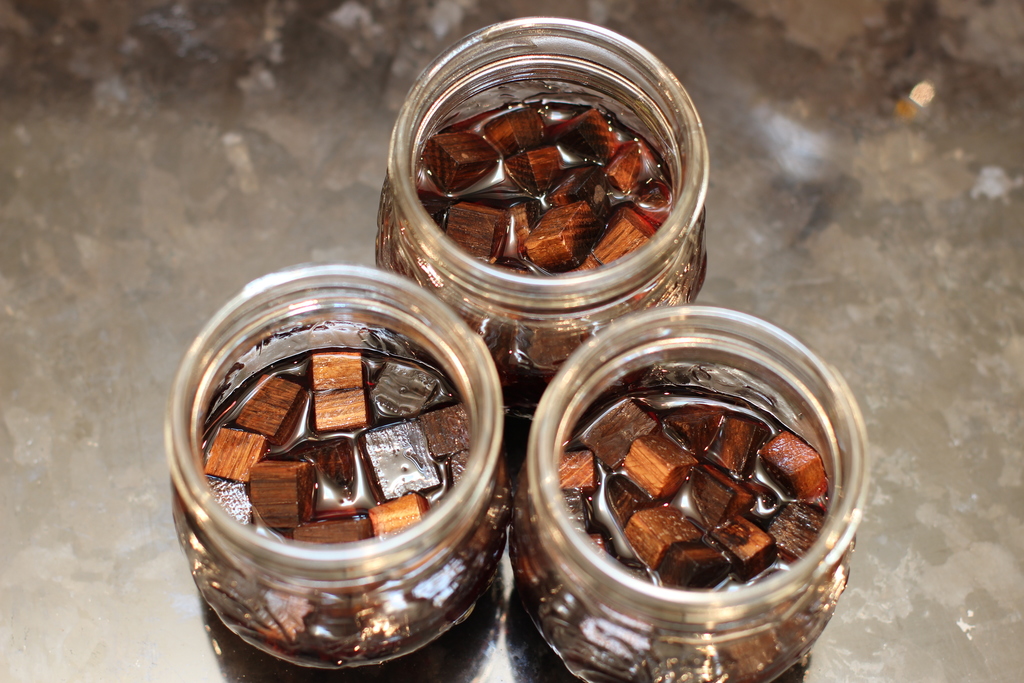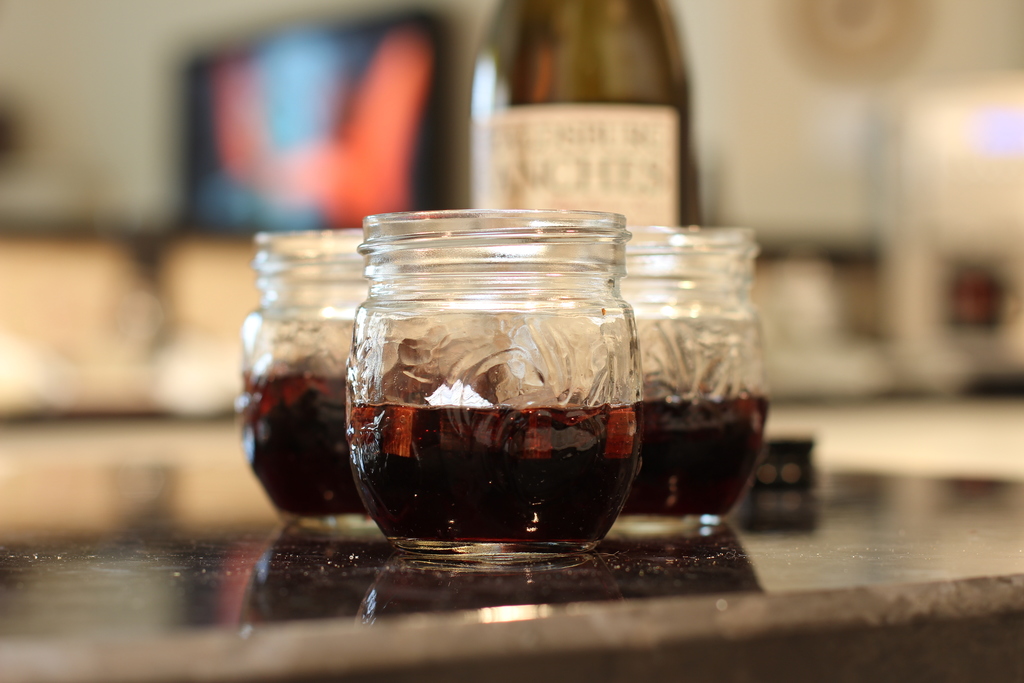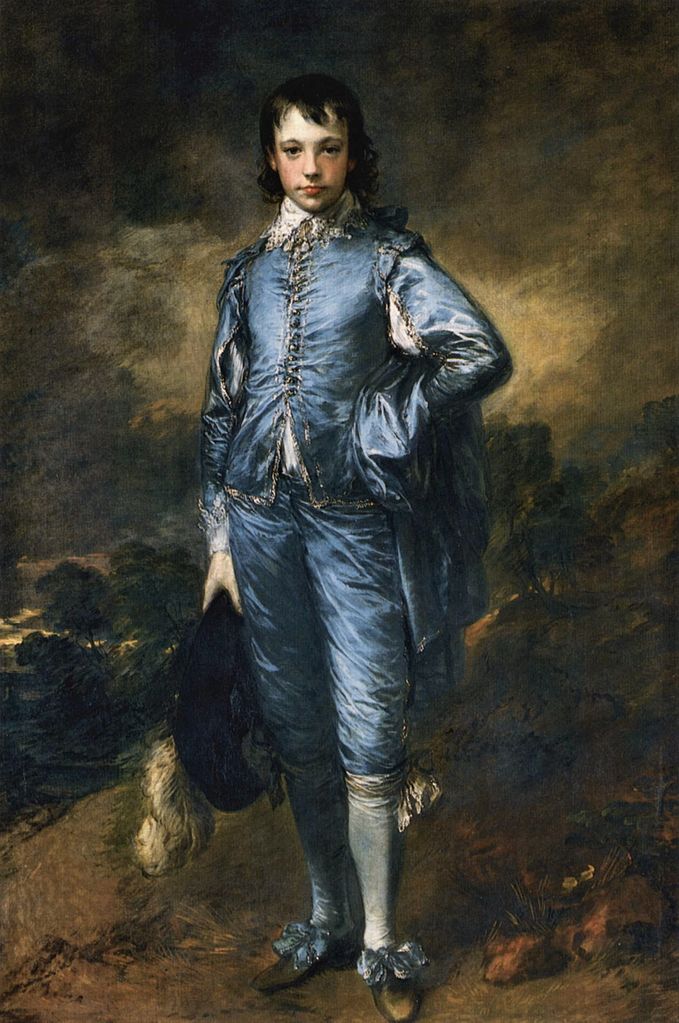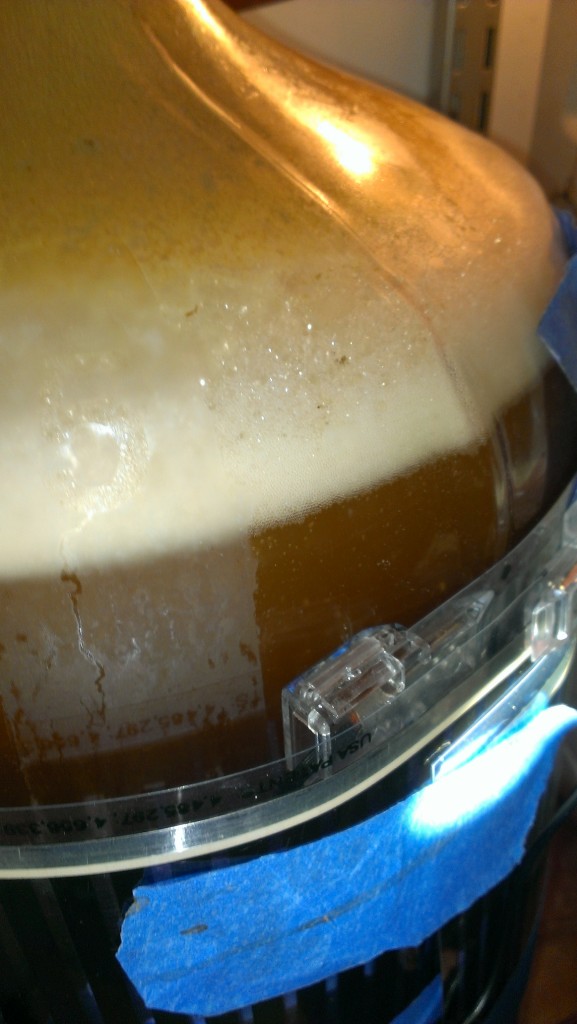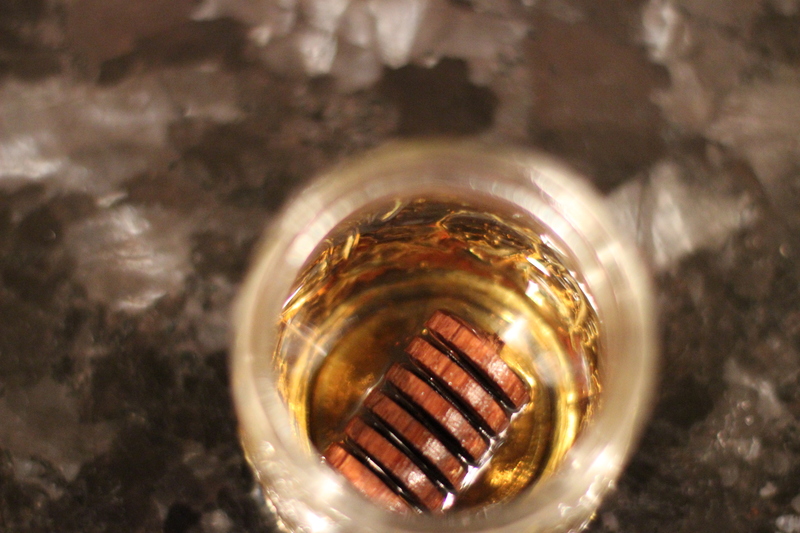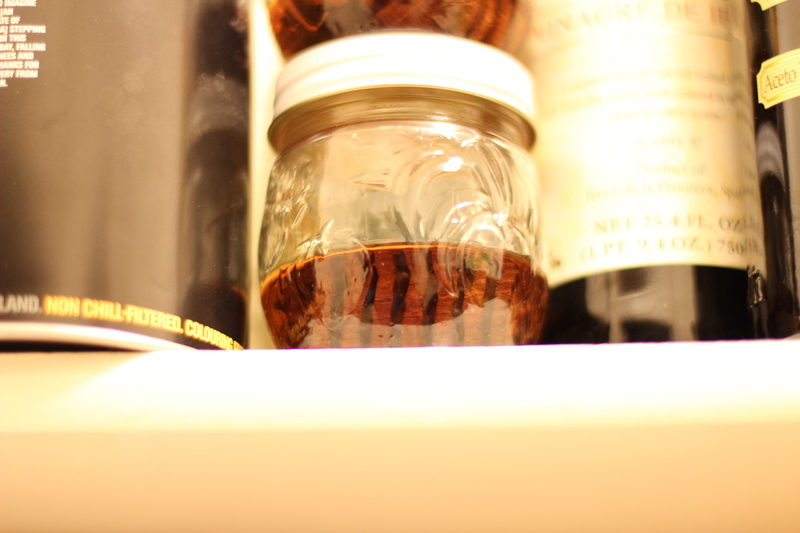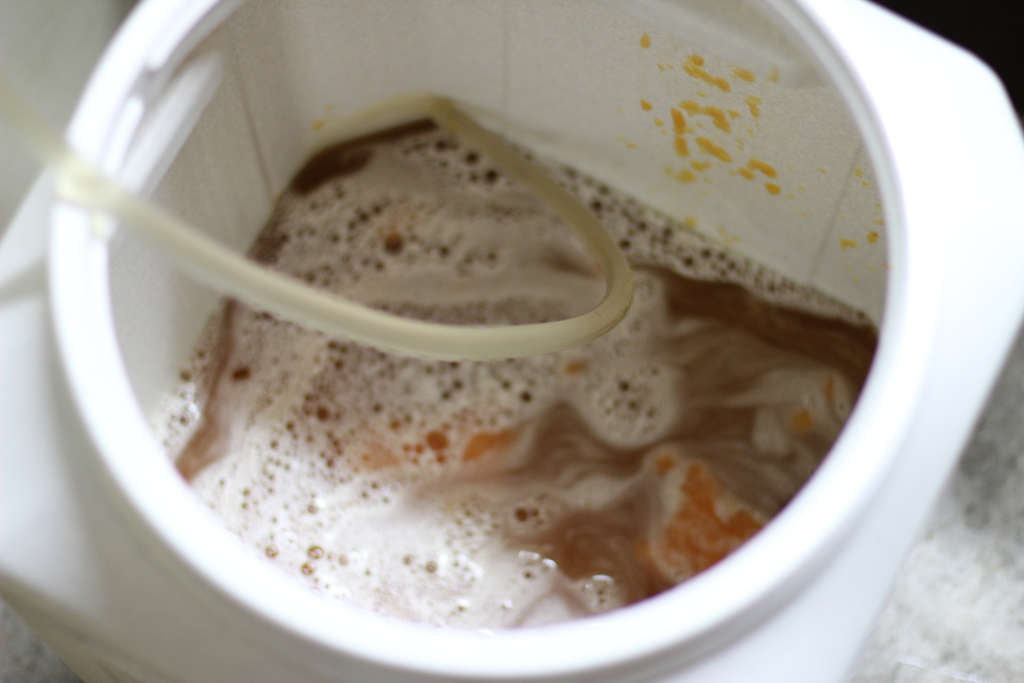
Momosuppai, a sour-worted Berliner Weisse with Peaches
The Texas BlueBonnet Brewoff 2013 was held in Dallas, TX March 20-23. On Sunday night, the results were announced, even tweeted via the Austin Zealots homebrew clubs’ newly announced twitter account, AustinZealotsTX.
I had entered three beers into this competition, Big Fat Phony in category 23 Specialty Beer, Momosuppai in category 20 Fruit Beer, and Kuroppoi in category 5C Dopplebock, even though I have seven beers available. Unfortunately, the American Homebrewers Association (AHA) rules restrict what one can enter. For example, the rules prevent a homebrewer from submitting multiple beers to the same sub-category. While this isn’t in general that bad, it does affect some brewers that are brewing beers don’t yet have official sub-categories. Rye IPAs and India Black Ale (or Black IPA, or Cascadian Dark Ale) are common beers but aren’t yet recognized by the BJCP. There is a catch-all category for these beers, 23, Specialty Beer. I happened to have three beers that would only fit in 23 only (Black Hop Day, Fly Ralcon and Big Fat Phony). I had to pick the best of these for category 23. I chose my favorite, Big Fat Phony.
As the results came in, I was checking to see which categories I had entered. And while it was little disappointing, I wasn’t totally surprised that I claimed none of the medals in the categories I entered.
Later that week I got back my score sheets. One of my biggest fears around Big Fat Phony happened. The scores for BFF were just too low to be real (average around 20 / 50) and the sheet was marked up with “off” flavors. Band-aide, medicinal, iodine, “you might have an infection”… If you’ve seen my post on Scotching a Beer, then you know that Big Fat Phony was scotched with an Islay Whiskey, which is known for its, wait for it… peaty flavor which is commonly referred to as “medicinal”. So, I don’t think Big Fat Phony got a fair shake, but that’s entirely my fault for submitting an experimental beer.
The other two beers did reasonably well. Kuroppoi scored an average of 34 points, but not enough to move on to the second round. One judge commented that the beer didn’t have quite the “rich, malty” character that 5C requires and that I should instead just submit it as a 5B, Traditional Bock. That’s decent feedback.
The best of the group was Momosuppai, a Fruit Beer, which was a Berliner Weiss with Peach puree. This was my first attempt at a sour-worting and Berliner Weiss which came out really well. It could have used a few more days to increase the sour intensity, but it was still very nice. This beer scored an average of 36.5, and made its way to the second round, and re-scored at a 26.5.
After asking around, this lower score during second round is typical, but there is also a lot of randomness too as some members reported having a lower score in the first round, only to see a higher score in the second.
I’m still learning things from competitions and it’s fun making sure the brewing schedule works for whatever is needed for the next competition.

